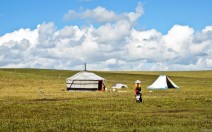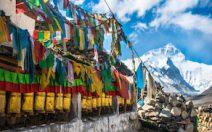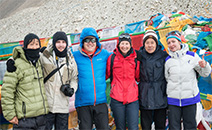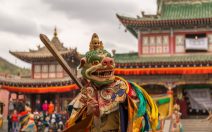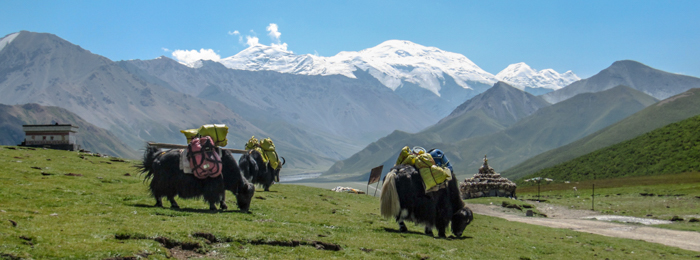Ganzi County, also named Garze or Gantse is an ethnic Tibetan township and is located in the historical Tibetan region of Kham. Traditionally Ganzi belongs to one of the Horpa states in Horkhok region. Ganzi lies in the open Garzi valley at 3390m above sea level and is surrounded by rocky terrain and snow peaked mountains. The Yalong River’s tributary Rongcha River passes through the town from north to south. and county contains many Tibetan villages and monasteries. The largest monastery is Ganzi Monastery, with 540 years old, and contains over 500 monks belonging to the Gelug sect of Tibetan Buddhism.
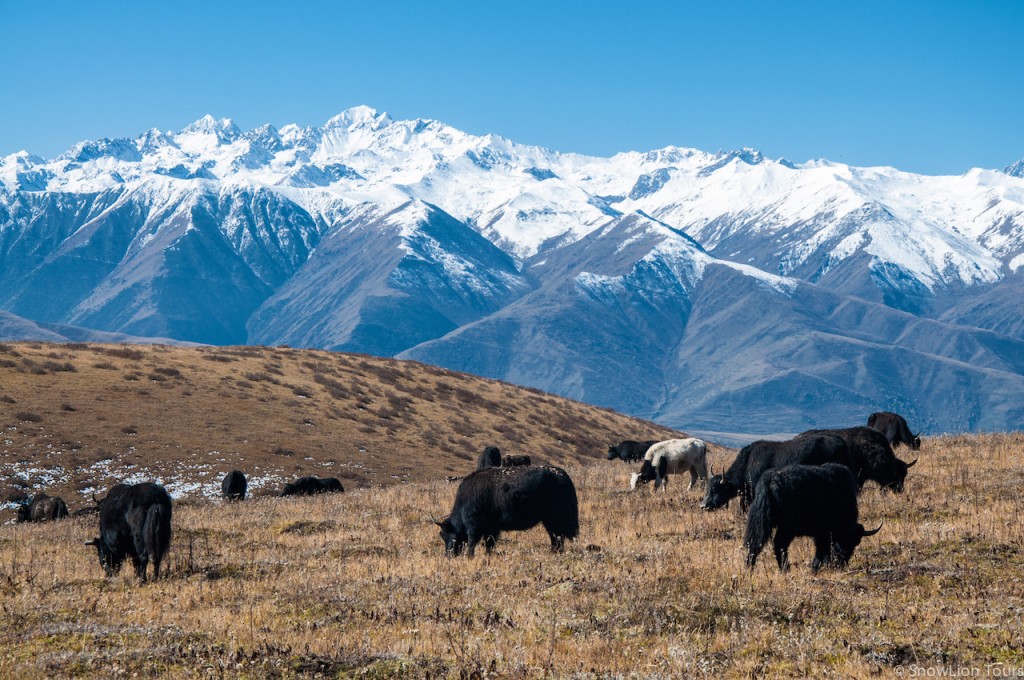
grazing yaks near Ganze
Garze or Ganzi Monastery
Garze Monastery is situated 2 km north of Garze Town on a hilltop overlooking the town, The monastery was built in 1642 by the Khoshut or Qosot Mongols overlooking their castles known as Mazur and Khangsar. It once housed 1,500 monks, making it the largest in Kham Tibet. The pilgrimage circuit around the monastery was almost eight kilometers long. The Monastery has been extensively renovated since 1981 and now houses about 700 monks, including three Tulkus, one of whom returned from Switzerland and established a girls’ school in Ganzi. If time allows, you can walk to the monastery up on the hill but vehicle is accessible from east gate. The full visiting may take about 2 hours.
Dargye Monastery
Dargye is a Geluk Monastery that was founded in 1642 by Jedrung Sherab Wangpo outside of Ganzi town, It is the largest of the so-called Hor monasteries in the region, which were established by the Mongolian patrons of the Geluk tradition.
Beri Monastery
Beri Monastery is located west of Garze town, along the road leading to Dege town. It was founded in the 17th century, Sakya-pa and Karma Kagyu sites that were established during the Yuan dynasty. A disciple of the Fifth Dalai Lama by the name of Ngawang Puntsok established 13 monasteries in the region to promote the Gelukpa order. Beri was built on the site of an older hermitage known as Gela Daden. The monastery was enlarged in the 18th century by a local doctor called Ngawang Yeshe. The Sixth Panchen Lama Lobsang Panden Yeshe (1738-1780) consecrated the extended chapel, and the Qianlong emperor sent a wooden board with his own calligraphy. Ngawang Yeshe became the first Geta (dge stag) Lama, an incarnation line that still continues today.
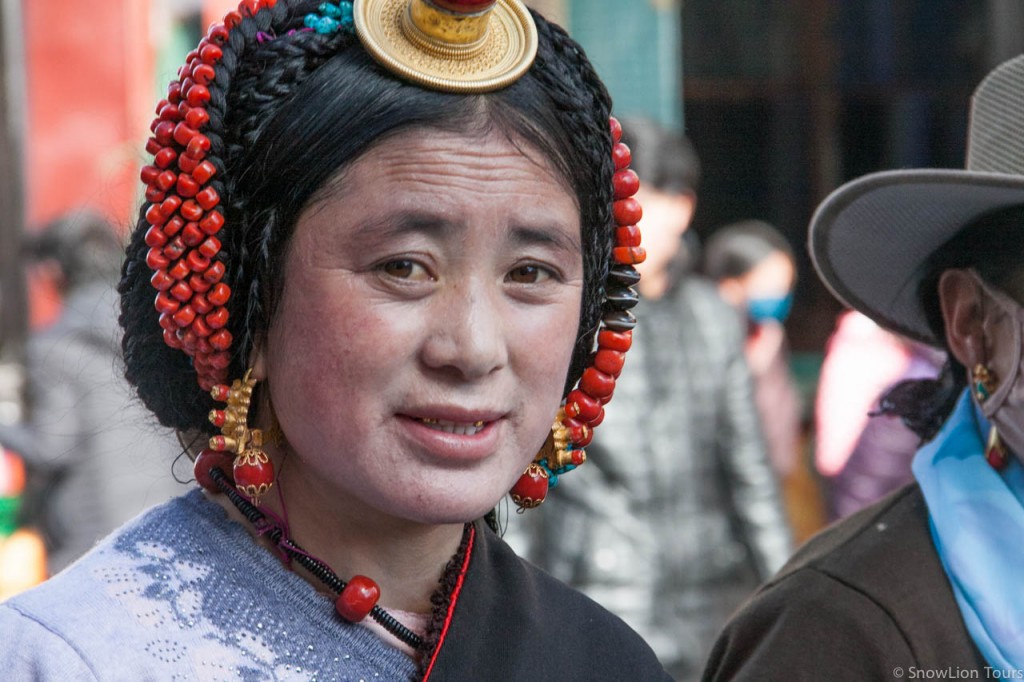
A khampa lady is on her pilgrimage to Ganzi Monastery
Khangmar Monastery
Khangmar Monastery or Kangma Monastery is a Gelugpa monastery which is located southeast of Garze Town. There were 350 monks at Khangmar Monastery in 1953 when Geshe Tashi Tsering.
The monastery was closed during the Cultural Revolution for 25 years but was re-established in 1984 and now has about 70 monks. The upper storeys of the main monastery have collapsed through neglect during the period it was abandoned and the main temple, assembly hall, kitchen and administrative areas are unstable and dangerous but still in use.
The Jilu Ritrek Nunnery was established close to Khangmar when it was reopened in 1984. There are about a dozen nuns living there now.
There are also a hotspring pools run by Ganzi monastery in Ganzi town. The fee is rather small but address is a little hard to explain. If you are interested in, please ask the monks in Ganzi monastery.
Generally, Ganzi is a great place to visit, I would recommend to spend two nights in this town if you are up to explore some of the hidden monasteries.
